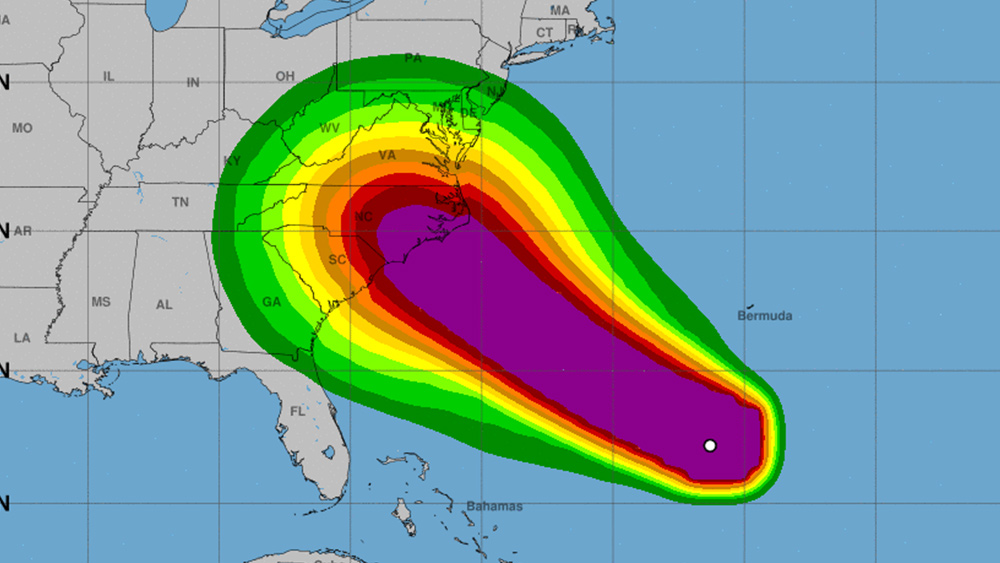Hey techies, ready for 5G? It’s on its way, thanks to new millimeter-wave band technology
12/03/2017 / By Michelle Simmons

A team of researchers at IMDEA Networks, together with 18 partner organizations, created and designed a new mobile radio access technology for millimeter-wave (mm-wave) frequencies, which is a promising possible answer for effective high capacity delivery of data, in the framework of the mmMAGIC 5GPPP European research project.
Millimeter-wave systems make use of frequencies over 10 gigaherts (GHz). However, high frequency communications encounter a lot of problems. One of these is that mm-wave systems reach data rates that are in magnitudes greater than current systems. Another problem is that mm-wave band technology encounters high variability in the quality of channel because of high transmission loss and adverse atmospheric absorption. The researchers found solutions to these problems.
They conceptualized a new radio system for mobile broadband communications that could operate in wide-contiguous bands in mm-wave frequencies. This means that the technology is able to meet the expected end-user and traffic demands of the networked society within 2020 — the projected year of 5G availability — as well as address the specific problems of mm-wave bands. More specifically, this technology will make use of novel channel models that were suggested in the framework of the research project. It will also give a new antenna design with hybrid beamforming capacities, which will attend to the essential practical limitations for actual development, including antenna size, expenses, and complexity. The technology was proven to be efficient under real channel cases as it was tested through hardware-in-the-loop tests with the actual hardware. The conceptual enablers to be used to make the mm-wave 5G design, radio access network, and transport functions for network integration have already been identified and evaluated.
Things you need to know about 5G technology
According to an article by TechWorld.com, 5G simply means fifth generation and it is attributed to the next and latest mobile wireless standard based on the IEEE 802.11 ac standard of broadband technology. 3G, which is an older generation of broadband technology, works by receiving a signal from the closest phone tower. This is used for phone calls, messaging, and data. On the other hand, 4G, which is the current broadband technology that is available, operates similarly to 3G. The only differences between the two is that 4G provides a faster internet connection and a lower latency, the time between cause and effect.
As of today, there is still no formal standard for 5G and it will not be available until 2020. as cited by TechWorld.com, Next Generation Mobile Networks said that 5G connections must be developed based on five factors, such as the experience of users, performance of the system, improved services, business models, and the management and operations of the technology. In order to be eligible for a 5G connection, there are eight criteria according to the Groupe Speciale Mobile Association (GSMA). These are:
- One to 10 gigabit per second (Gbps) connections to end points in the field
- One millisecond end-to-end round trip delay
- 1000x bandwidth per unit area
- 10 to 100x number of connected devices
- (Perception of) 99.999 percent availability
- (Perception of) 100 percent coverage
- 90 percent reduction in network energy usage
- Up to ten-year battery life for low power, machine-type devices
Find out more stories on technological breakthroughs at FutureScienceNews.com.
Sources include:
Tagged Under: 3G, 4G, 5g, band technology, broadband technology, electromagnetic frequencies, millimeter-wave band technology, mobile radio access technology, technology




















